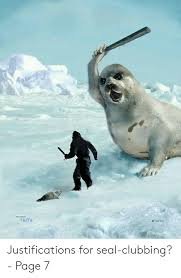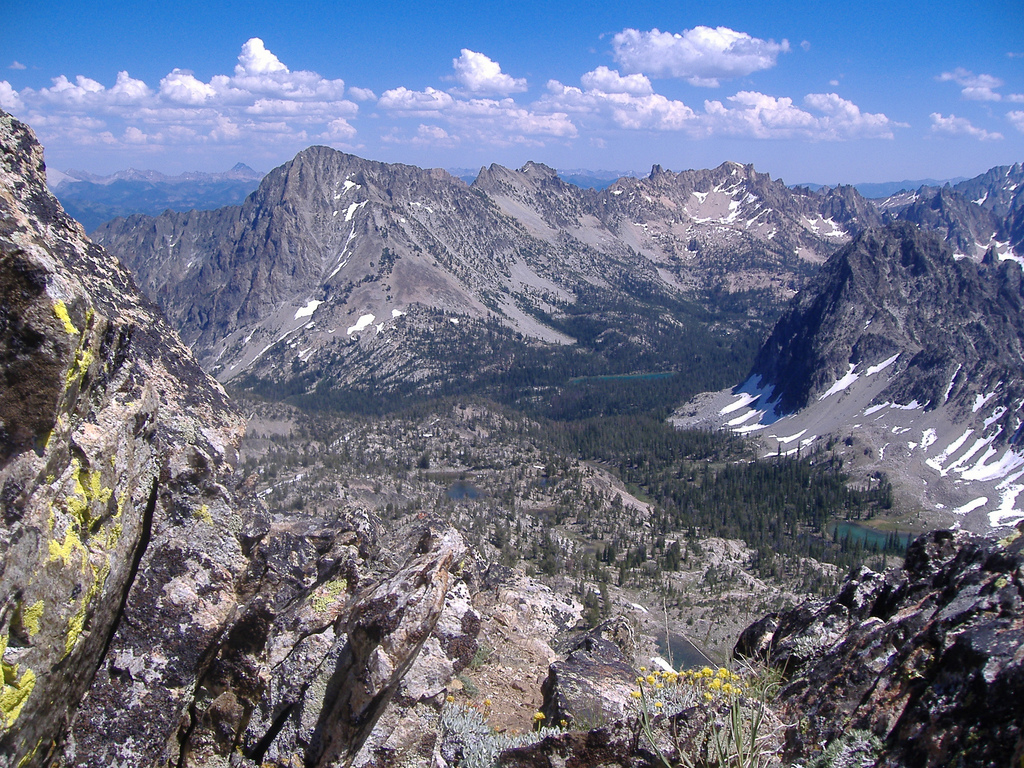turbobrick
Well-known member
I just finished reading George Frison's Survival by Hunting: Prehistoric Human Predators and Animal Prey. Personally, I really enjoyed the book, and to my non-archaeologist mind most if it made excellent sense. One thing that did make me wonder, was the section about net trapping sheep. I have personally observed petroglyphs that depict net-like shapes in conjunction with animal figures, so I fully believe that sheep were hunted this way. Where I was wondering though, is about the conclusion that the sheep once netted, would then be clubbed to death.
It seems to me, that clubbing a bighorn to death would be rather difficult with the large horns covering much of the head surface, plus their adaptation to shaking off repeated head butting making them resilient in that arena. It also seems to me that clubbing would be more likely to damage the net between club and horn than a well placed spear or dart thrust through a net opening would. I imagine that few, if any, humans of the historical era have ever attempted to club one to death (and even less likely someone here), but with the breadth of knowledge assembled here I thought there would at least be some informed opinions.
It seems to me, that clubbing a bighorn to death would be rather difficult with the large horns covering much of the head surface, plus their adaptation to shaking off repeated head butting making them resilient in that arena. It also seems to me that clubbing would be more likely to damage the net between club and horn than a well placed spear or dart thrust through a net opening would. I imagine that few, if any, humans of the historical era have ever attempted to club one to death (and even less likely someone here), but with the breadth of knowledge assembled here I thought there would at least be some informed opinions.





